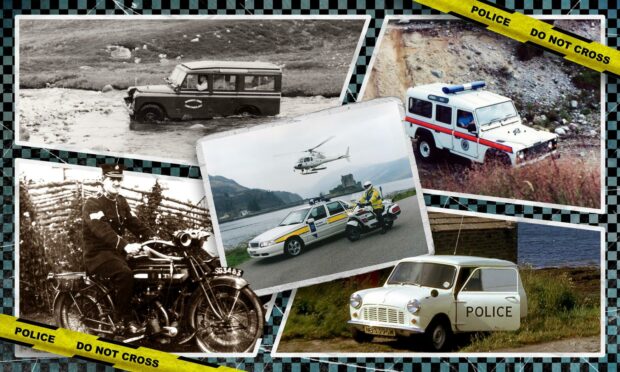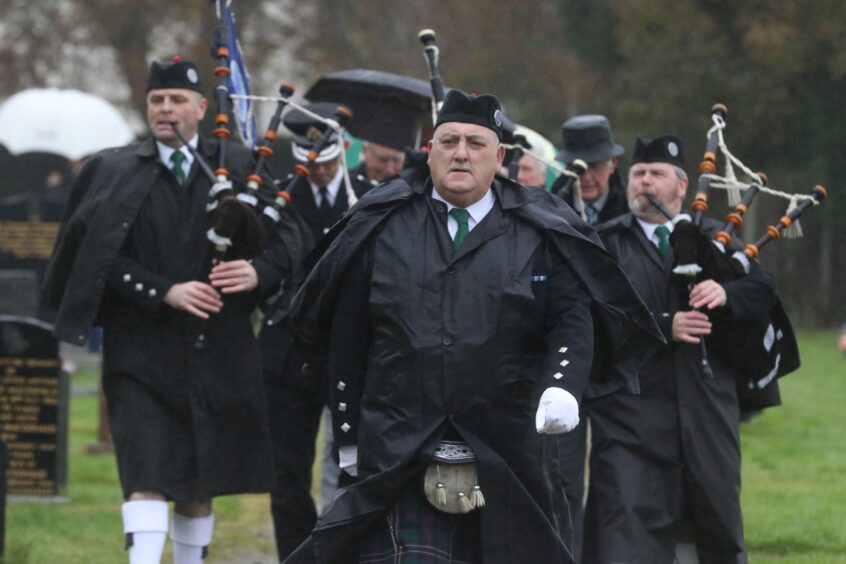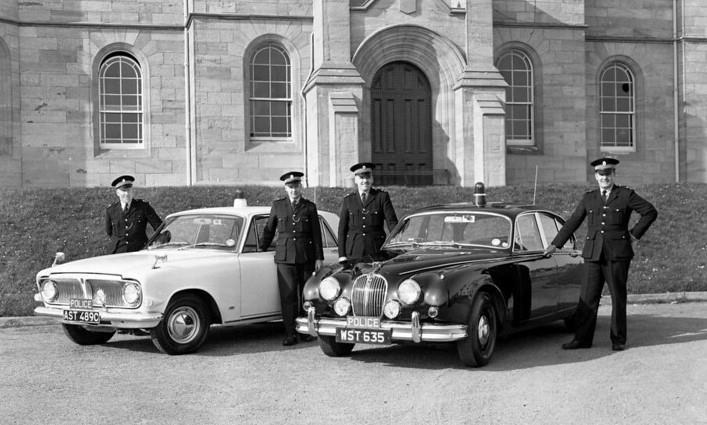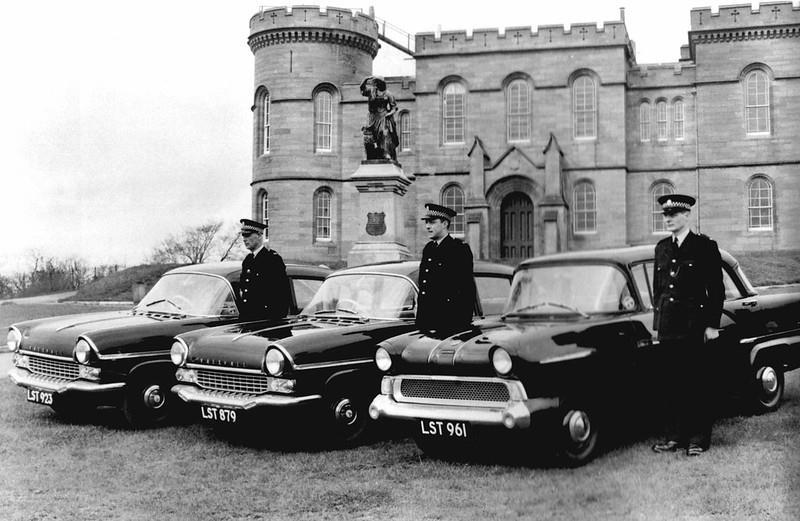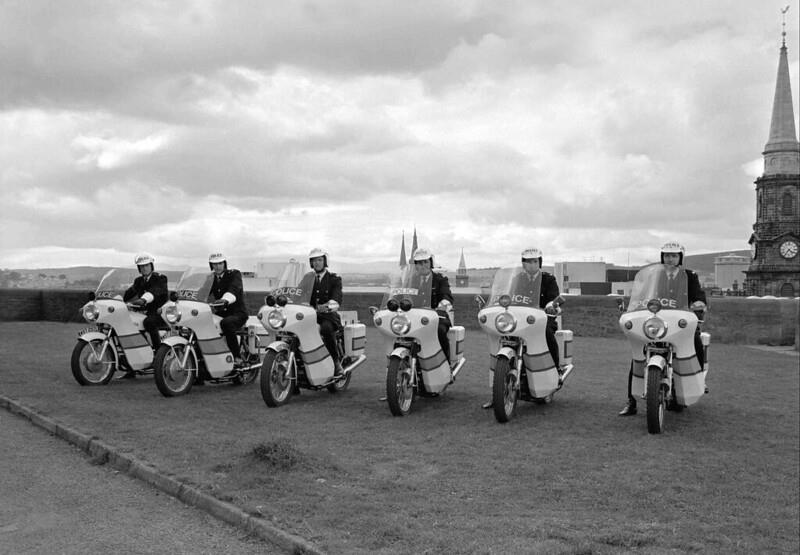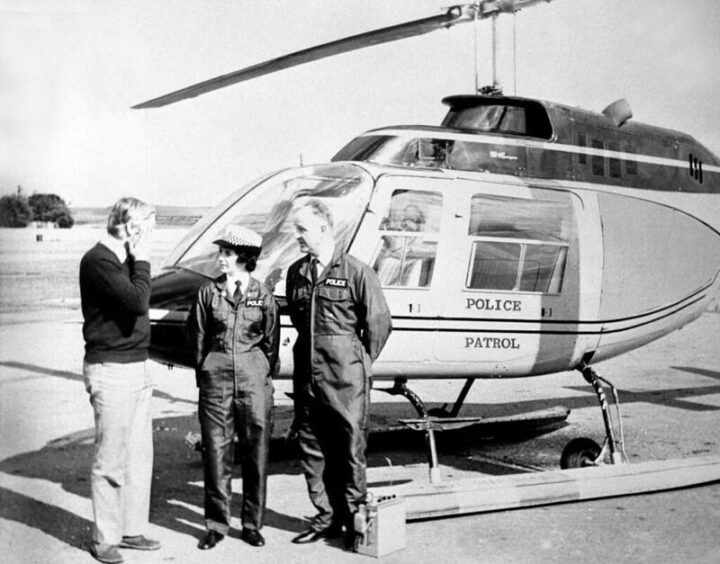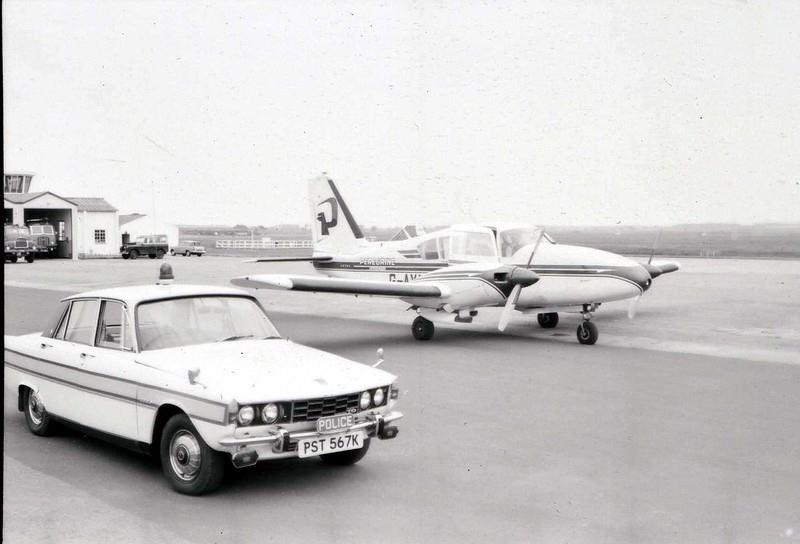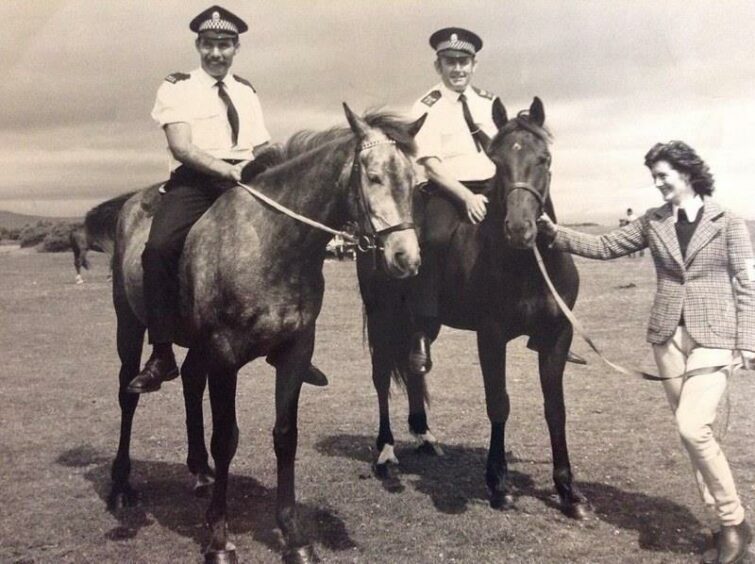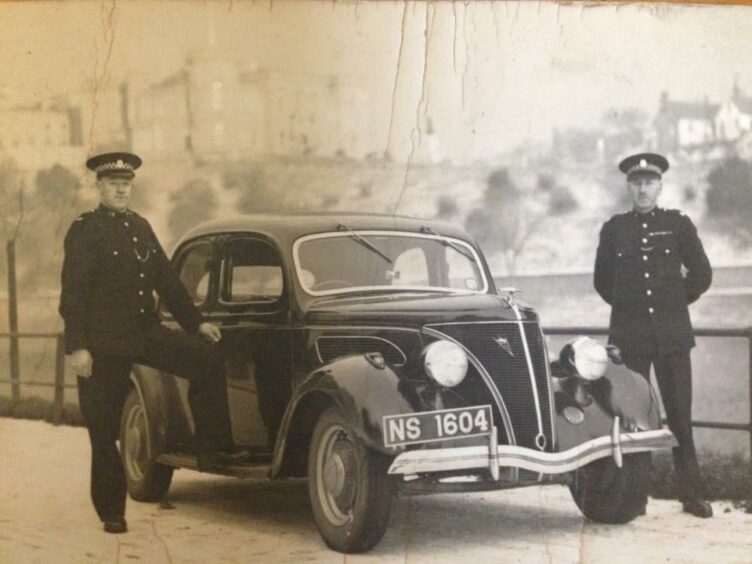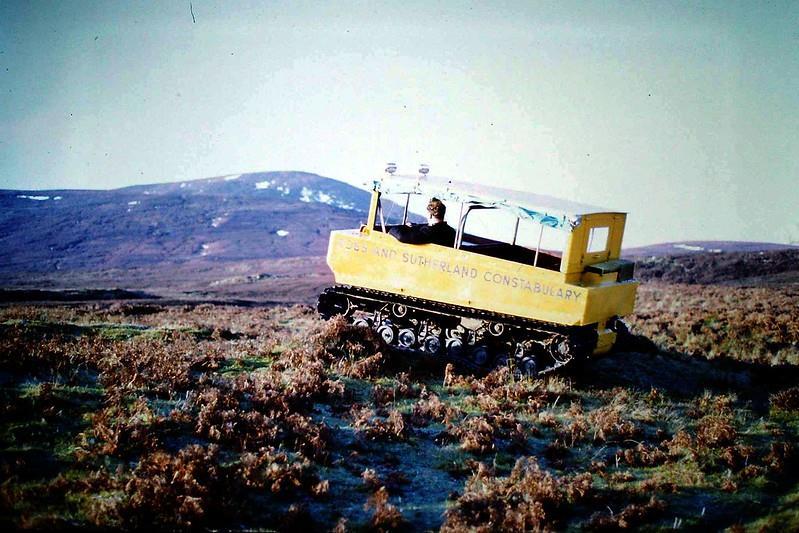From Shank’s pony to an eye in the sky, policing the vast north of Scotland demands many different modes of transport.
When policing was in its infancy two centuries ago, chief constables would get an allowance for a horse.
Bicycles must have been a boon after that.
But when motorised vehicles came in, a new world opened up for covering an area bigger than Belgium, from ATVs to Land Rovers, motorcycles and helicopters.
Treasure trove of memories
Retired police officer Dave Conner, of Inverness, is custodian of a large collection of north police photos dating back to the late 19th Century.
He worked for the force when it was known as Northern Constabulary, and because of his interest in history, was handed a pile of old negatives from the Identification Branch when they were having a clear-out of their photographic store.
It’s turned out to be a treasure trove of memories and social history, added to by contributions from colleagues and their families.
Impressive line-up of police vehicles
The decades have conferred much glamour on old police vehicles.
Take this Jaguar Mark 2 from 1964, the force’s pride and joy, displayed in front of Inverness Castle, which then housed the Inverness-shire Constabulary’s headquarters.
No Inspector Morse present, but PCs Sandy Ross and Malcolm ‘Fraser’ Beaton of police HQ traffic department are bursting with pride.
Dave reckons they must have been preparing for the HMI’s annual inspection.
“Alongside them on either side of an almost new 1965 Ford Zephyr are constables George Paton and Sandy McIntosh.
“This must have been before Fraser transferred to Lochmaddy in 1966.”
A few years earlier, in 1957, Inverness-shire Constabulary chose Vauxhall for their patrol cars.
Dave said: “The two on Vauxhall Velox models on the left were traffic patrol cars, while the Vauxhall Victor was for general purpose patrol work.
“LST 923 would be deployed on the A9 Inverness- Perth road and be based at the Carr Bridge police station and house, with the A9 literally at the bottom of the garden in those days.
“LST879 was based at Fort William, covering Invergarry in the north to the county boundaries with Argyllshire along the shores of Loch Leven.
“Victor LST961 was stationed at Fort Augustus, again covering a huge area.”
No one seems to recall the significance of the occasion, although Dave thinks it might have been for publicity material for Vauxhall.
Motorcycles patrolled major roads
A motorcycle course in August in 1974 was a good excuse for this impressive line-up.
Dave thinks they are Norton Commando machines.
He said: “The force made considerable use of motorcycles in the tourist season to patrol major roads through the county which were very prone to clogging up with heavy and slow-moving vehicles, caravans and foreign visitors.
“The motorcycle patrols were able to work their way through the queues, control traffic and clear delays.
“They were also of major importance in VIP escorts, being able to negotiate traffic much easier than patrol cars.”
Taking to the skies
Sometimes, the only way was up.
“The force never owned helicopters,” Dave said. “They hired or borrowed them as necessary.”
Here Constable Evelyn Morrison and Sergeant William McKenzie from HQ Traffic Department are pictured with the pilot and hired helicopter at Dalcross Airport at the end of one of their regular trunk road traffic observation patrols.
“During the early 1970s the force made considerable use of air patrol in hired fixed-wing or helicopters, with police as observers.
“Air observation enables actual and potential problems to be identified quickly and the information relayed to traffic patrol vehicles, mostly motorcycles which could be deployed quickly to intervene,” Dave said.
In this picture, a Rover 2000 traffic car sits on the runway at Inverness Airport on July 21, 1972, next to a private plane.
Hiring the plane was an experiment to help with the annual HMI force inspection.
“Since the inspection of the Inspectorate in 1858, HM inspector had to travel by road and ferry the length and breadth of Inverness-shire in order to inspect the force’s detachments in the Outer Hebrides, which took a number of days.
“This initiative involved HMI and Chief Constable Andrew MacClure to get to the ‘Long Island’ and back in one day.”
From one horse power to another
Thanks to the passion of one PC, Tain enjoyed an impromptu ‘Mounted Branch’ in 1975.
Dave said: “There is no truth in the suggestion that this was an early solution to fuel economy mileage restrictions!”
PC Harry Munro was a horse specialist but the northern force has owned no horses since the 19th Century, so he went on to the Mounted Branch in Lancashire Constabulary.
Sutherland Constabulary got its first patrol car, a Ford V8, in 1937, superceding the general purpose van before that.
Again, Dave thinks this might have been the traditional advertising photograph taken for the suppliers, A.W. Chapman & Co, ‘Authorised Ford Dealers since 1911’.
“No police markings whatsoever on the car, but back then a black car with two burly gents in it tended to mean only one thing!”
Tackling rugged terrain
Sometimes an ATV was the only thing to tackle the rugged terrain of the Highlands.
Here the Ross and Sutherland M29 Weasel is out on moorland in 1970, driven by the late Barrie MacKenzie.
It was designed in WW2 for military use and was built by the Studebaker Company.
Dave said: “After the war these were offered for sale.
“Despite it achieving only about five miles to the gallon, it was the only means of accessing remote police radio sites, laden with equipment, and also for personnel or casualties in mountain rescue searches.
“Rescue work has been largely taken over now by the mountain rescue teams.”
More like this:
Charles Alexander of Aberdeen: Legendary truck yard forged a place in workers’ hearts
Treasured way of life: Do you remember mobile shops in the Highlands?
